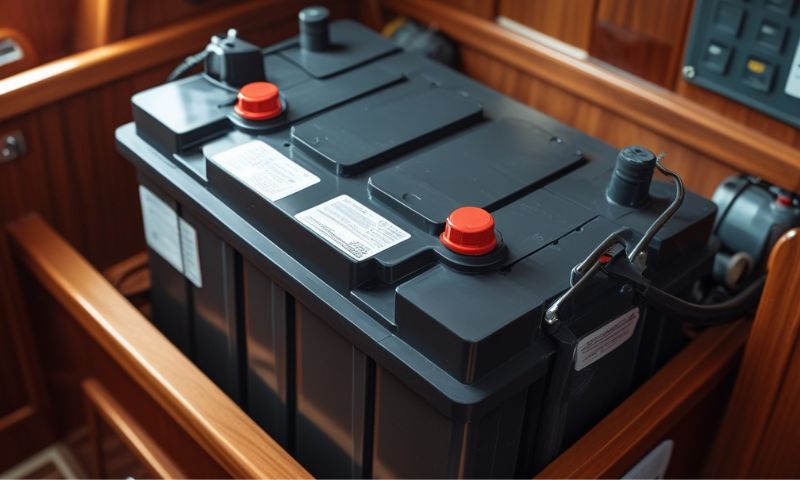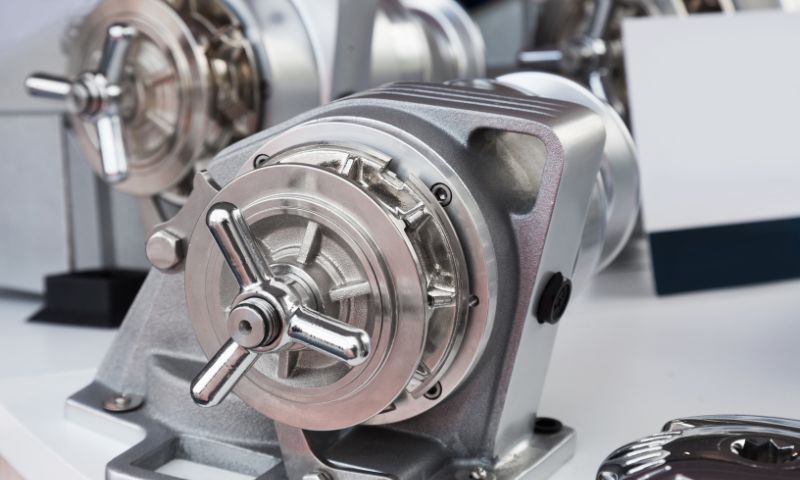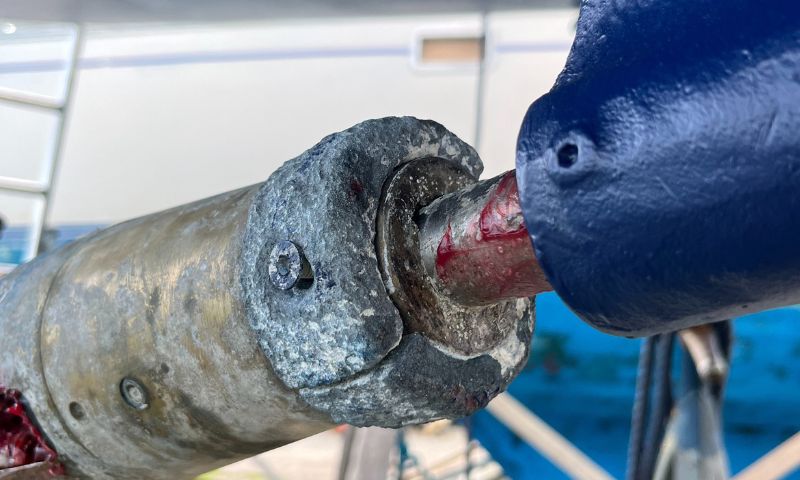Properly charging your marine battery is crucial for ensuring reliable power and extending the battery's lifespan. Without a well-maintained battery, essential onboard systems, including navigation, lighting, and safety equipment, may fail, leading to potentially dangerous situations while out on the water. In this comprehensive guide, we’ll explore the best charging methods, essential safety precautions, and maintenance tips that will keep your boat battery in optimal condition for years to come.
Introduction to Marine Battery Charging
Marine batteries are the lifeblood of your vessel’s electrical system, powering everything from navigation instruments to essential safety systems. Charging them correctly is essential not only to prolong their lifespan but also to ensure they deliver the consistent and reliable power your boat requires. Understanding the right charging techniques and implementing proper maintenance routines can prevent premature battery failure and costly replacements.
Why Properly Charging a Marine Battery is Essential
A well-maintained marine battery is the foundation of an efficient and safe boating experience. When charged correctly, it ensures a steady power supply for critical onboard electronics, navigation lights, bilge pumps, and communication systems. Failing to charge a marine battery properly can lead to voltage fluctuations, reduced lifespan, and, in extreme cases, dangerous battery failures. Incorrect charging methods may also result in overheating, increased internal resistance, and electrolyte depletion, ultimately compromising battery performance and safety at sea.
Overview of Marine Batteries and Their Charging Needs
Marine batteries come in several types, each designed for specific applications and requiring distinct charging methods. Understanding these differences is crucial for choosing the right charger and maintaining the battery’s efficiency. Traditional lead-acid batteries, AGM (Absorbed Glass Mat), gel batteries, and lithium-ion marine batteries all have unique voltage requirements and charging characteristics. Knowing how to charge each type correctly will ensure long-term reliability and prevent common charging mistakes that can shorten battery life.
Understanding Marine Battery Types for Proper Charging
Not all marine batteries are created equal, and using the wrong charging method can severely impact their performance and lifespan. To charge a marine battery effectively, it’s important to first identify the type of battery installed in your vessel. This section will outline the different types of marine batteries and their ideal charging approaches.
Deep Cycle Marine Batteries: How to Charge Them
Deep cycle marine batteries are specifically designed to provide sustained power over extended periods. Unlike starting batteries, which deliver short bursts of high current, deep cycle batteries discharge energy gradually. They require slow, controlled charging to maintain optimal performance. The best way to charge a deep cycle battery is by using a multi-stage charger that ensures full energy restoration while preventing overcharging. Smart chargers with bulk, absorption, and float charging modes help maintain battery efficiency and longevity.
Starting Marine Batteries: Best Charging Methods
Starting batteries, also known as cranking batteries, are designed to provide a powerful surge of energy to start a boat’s engine. These batteries recharge quickly and require a regulated charging system to maintain their peak efficiency. When charging a starting battery, it’s essential to use a charger with automatic voltage regulation to prevent excessive current flow, which can lead to overheating and internal damage. Regular maintenance checks will help ensure consistent performance and reliability.
AGM, Gel, and Lithium Marine Batteries: Charging Differences
AGM and gel marine batteries offer enhanced durability and maintenance-free operation. However, they are highly sensitive to overcharging and require specific voltage-regulated chargers. Overcharging these batteries can lead to permanent damage and reduced lifespan. Lithium marine batteries, on the other hand, have fast charging capabilities and higher energy efficiency. However, they demand lithium-compatible chargers that optimize voltage and current levels without causing thermal runaway. Understanding these differences will help you choose the right charger for your marine battery type.
How to Charge a Marine Battery: Best Methods
There are several methods for charging marine batteries, each offering unique advantages depending on your vessel’s setup and energy requirements. Choosing the right charging solution ensures a reliable and efficient power supply while protecting your battery from premature wear.
Charging a Marine Battery with a Portable Charger
Portable chargers are an excellent option for boaters who need a flexible and convenient way to charge their marine batteries, especially in remote locations. These chargers must match the battery’s voltage and chemistry to prevent damage. When using a portable charger, always ensure the charging rate aligns with the manufacturer’s recommendations, and avoid leaving the battery connected for extended periods to prevent overcharging.
Charging Marine Batteries with an Onboard Charger
Onboard chargers are designed for convenience, allowing boat owners to maintain optimal battery voltage levels while docked and connected to shore power. These chargers feature automatic maintenance modes that prevent sulfation and extend battery life. Choosing a high-quality onboard charger with multiple output banks enables efficient charging of multiple batteries simultaneously, ensuring your vessel’s entire electrical system remains powered and ready.
Charging Boat Batteries Using the Engine Alternator
Boat engines are equipped with alternators that generate electricity while running, recharging onboard batteries in the process. However, alternators are not always efficient at fully recharging deep cycle batteries. Installing a battery isolator or voltage regulator can improve charging efficiency and distribute power evenly among multiple batteries, preventing imbalances and ensuring consistent energy supply.
Using Solar Power for Marine Battery Charging
Solar panels provide a sustainable and eco-friendly charging solution for boaters who spend extended periods at sea. A properly installed solar system, equipped with a charge controller, can maintain marine batteries at optimal levels without the need for fuel-based charging sources. Solar charging is especially beneficial for maintaining trickle charges and preventing battery depletion during long-term storage.
Conclusion: How to Charge and Maintain Marine Batteries Efficiently
Maintaining a healthy marine battery is essential for a reliable and safe boating experience. Implementing proper charging techniques, using the correct charger for your battery type, and adhering to routine maintenance practices will extend battery lifespan and enhance onboard performance. Additionally, investing in quality marine gear—such as Olli™ Block, which helps reduce shock loads on rigging and deck equipment—can further optimize your vessel’s electrical system and overall efficiency. By following these best practices, you can ensure your marine battery remains in top condition, providing dependable power whenever you set sail.





Leave a comment
This site is protected by hCaptcha and the hCaptcha Privacy Policy and Terms of Service apply.